If you’re thinking about buying a home this year, there are important things you can do right now to keep the homebuying process moving forward. From pre-approval for a mortgage to saving for your down payment, you can still work confidently toward homeownership.
The first thing you need to do is Learn About the Process and How Much You Can Afford. The process of buying a home is not one to enter lightly. You need to decide on key things, like how long you plan on living in an area, school districts you prefer, what kind of commute works for you, and how much you can afford to spend. Keep in mind, before you start the process to purchase a home, you’ll also want to get preapproved for a mortgage. Lenders will evaluate several factors connected to your financial track record, one of which is your credit history. They’ll want to see how well you’ve been able to minimize past debts, so make sure you’ve been paying your student loans, credit cards, and car loans on time.
According to ConsumerReports.org: “Financial planners recommend limiting the amount you spend on housing to 25 percent of your monthly budget.” Pre-approval will help you better understand how much you can afford so you can confidently make a strong offer and close the deal. Today’s low inventory, like we’ve seen recently and will continue to see, means homebuyers need every advantage they can get.
Next, Save For Your Down Payment & Closing Costs. In addition to knowing how much you can afford on a monthly mortgage payment, understanding how much you’ll need for a down payment and your closing costs is another critical step. A down payment is simply the part or percentage of a home’s purchase price that you pay up front and does not come from a mortgage lender through a loan.
There are many different down payment assistance resources in the market to potentially reduce the amount you may need to put down on your home purchase.
Closing Costs are a number of fees that are due at the time of closing. They typically range from 2% to 5% of the total cost of the home, and can include title insurance, origination fees, underwriting fees, document preparation fees. If you’re concerned about saving for these items, start small and be consistent. A little bit each month goes a long way. Jumpstart your savings by automatically adding a portion of your monthly paycheck into a separate savings account or house fund.
Over time, these automatic deposits add up. For example, $50 a month accumulates to $600 a year and $3,000 after five years, plus interest that has compounded over that period of time. Before you know it, you’ll have enough in your savings if you’re disciplined and thoughtful about your process.
If homeownership is on your wish list, you can make it happen if you’re proactive and consistent. In the end, it’ll be well worth it…




